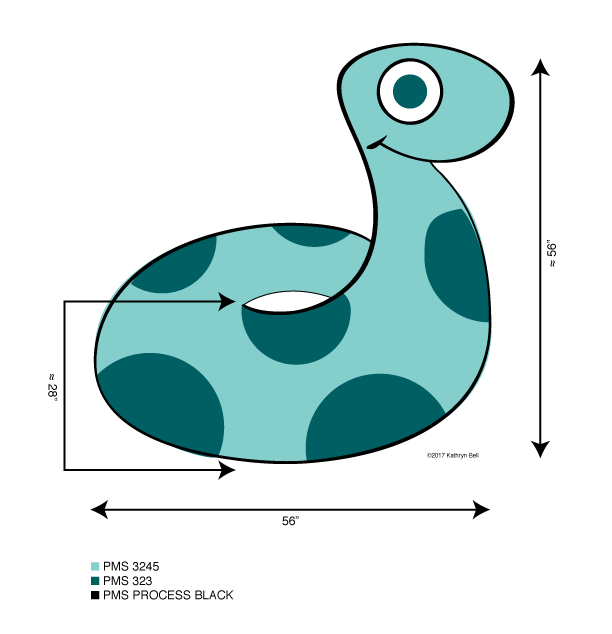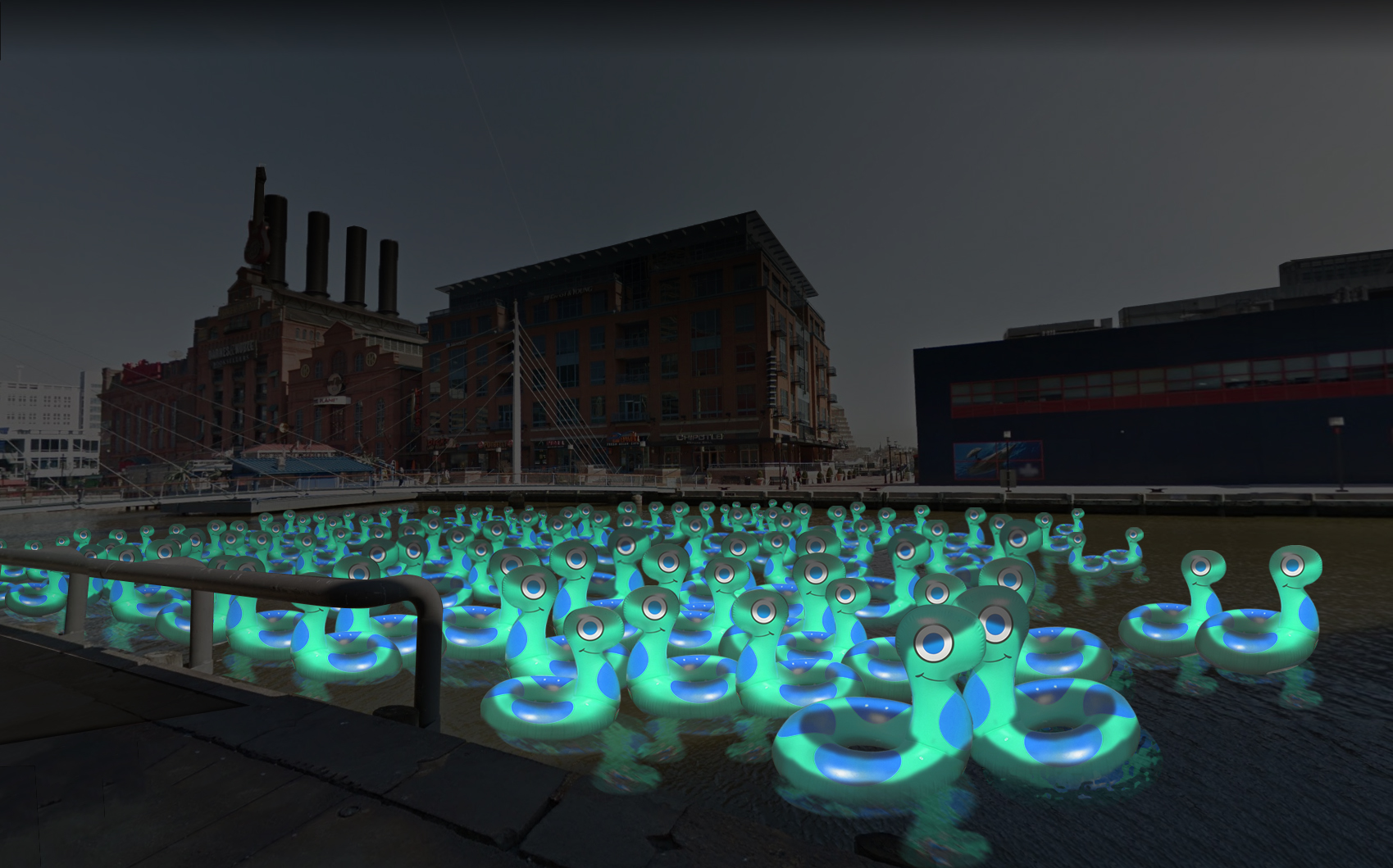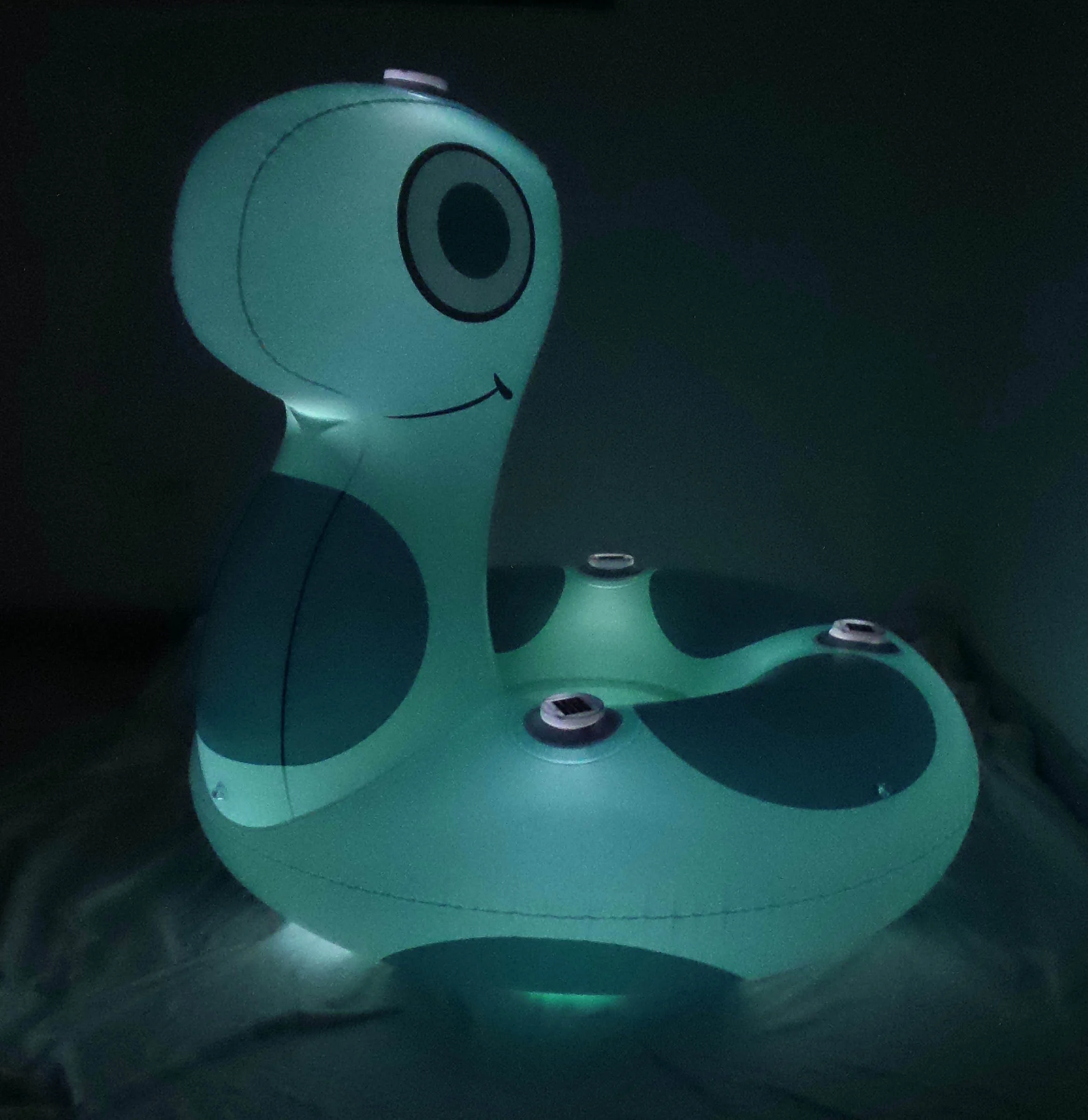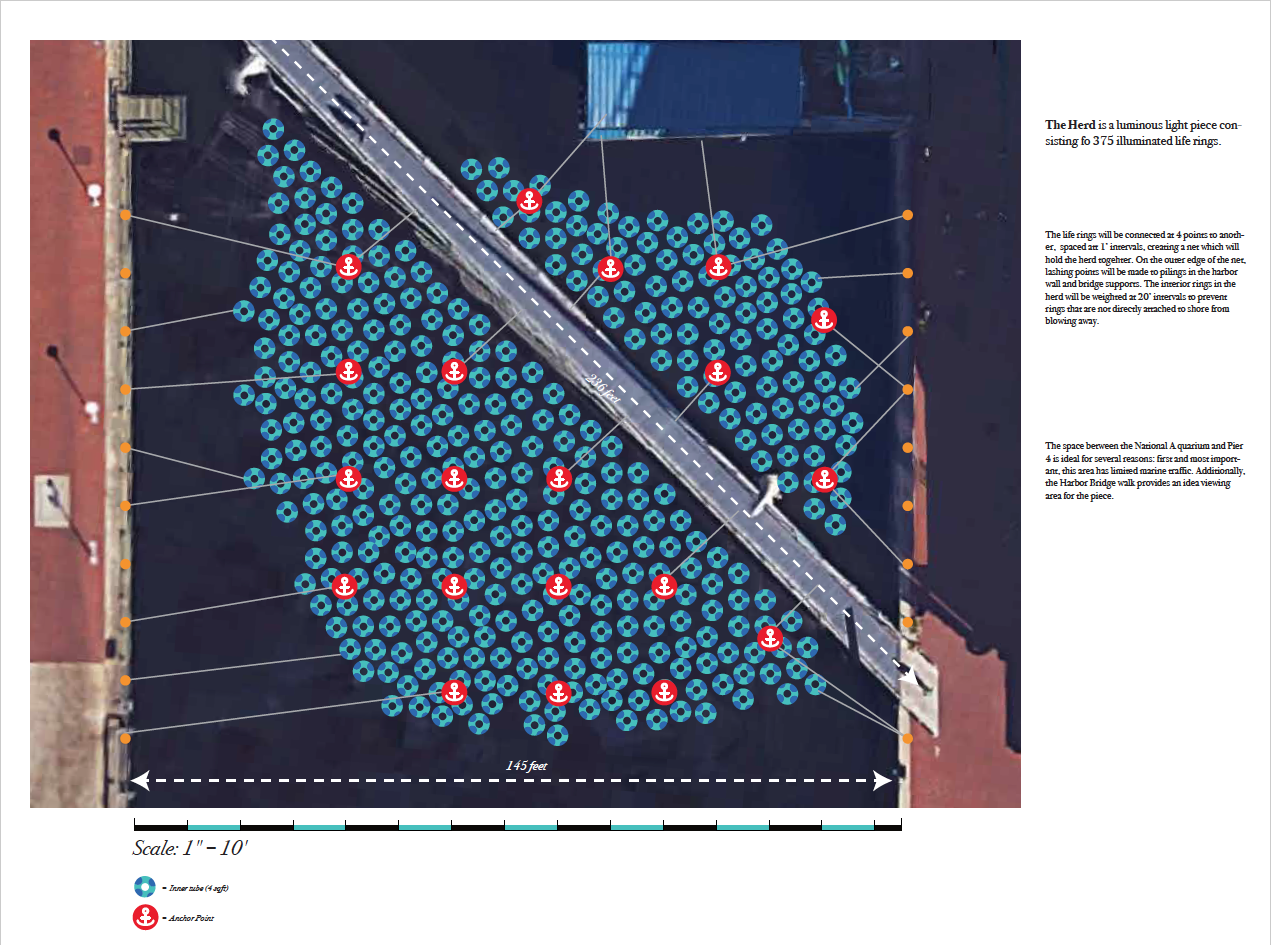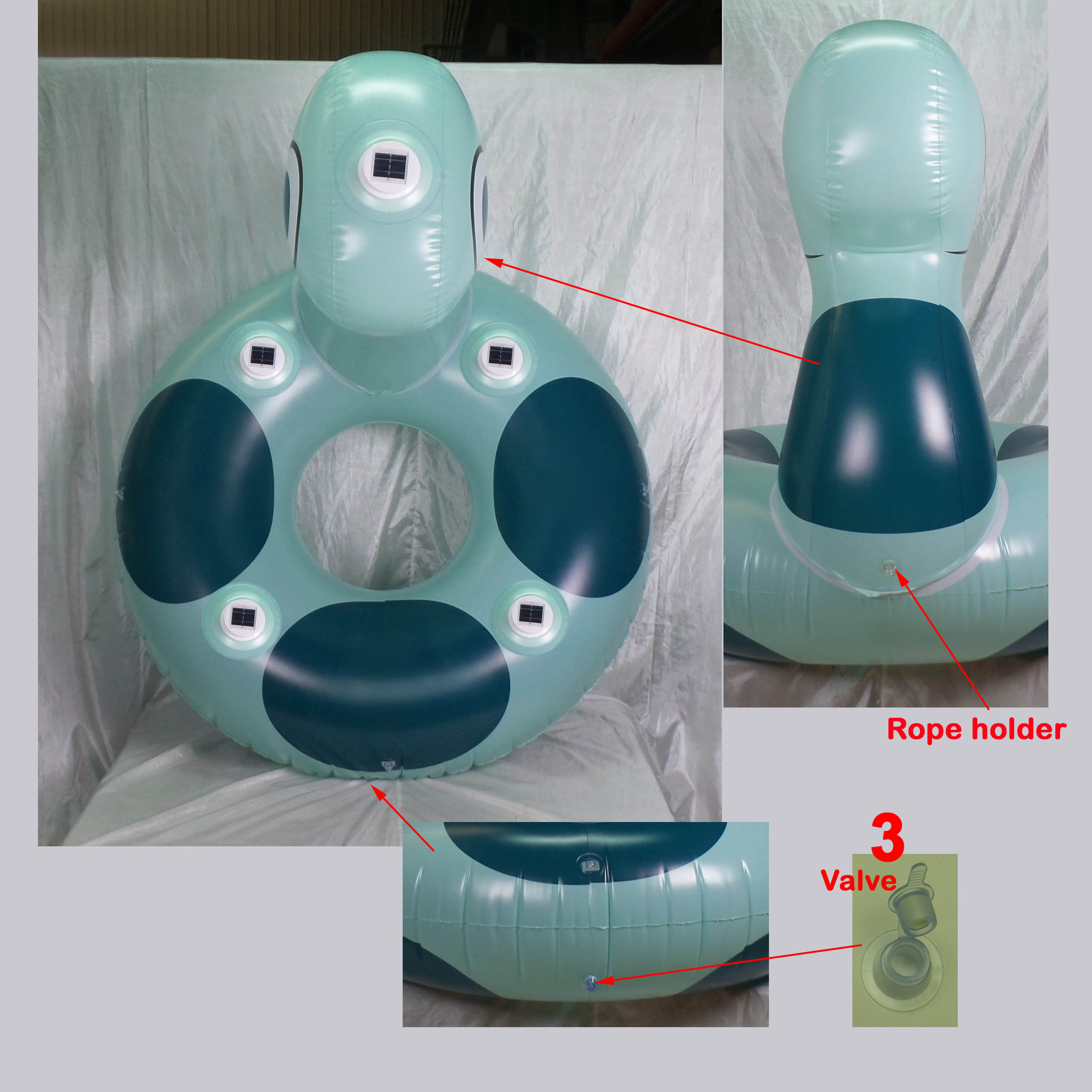Project Background
Baltimore’s Inner harbor is a thriving, active place. It features amazing institutions like the Visionary Art Museum and the Museum of Industry. Harbor East offers diners a great diversity of gastronomic options. And sometimes it’s nice to blend in with the flocks of tourists to stroll the waterside, or take the water taxi to enjoy a panorama unavailable anywhere else in the city.
One thing one does not do, however, is take a refreshing dip.
In 2016, Waterfront Partnership’s annual Water Quality Report Card gave the waterways of the inner harbor a failing grade, citing high levels of raw sewage, nitrogen and phosphorus as the culprits. That same year, Facebook featured a video of tourists diving into the harbor, frolicking as Baltimore locals looked on in horror. Sinkholes and sewage leaks were common items in the news. Baltimore City’s waterworks are over 100 years old—once a source of civic pride, decades of neglect and atrophy indicate that Baltimore’s infrastructure and development plan are in need of more thoughtful consideration.
This is already happening, in unique ways that reflect our city’s offbeat and eccentric character. The Inner Harbor Water Wheel, casually known as “Mr. Trash Wheel” (and later a second wheel, Professor Trash Wheel) offers an innovative solution has removed over 1 million pounds of debris flushed into the Inner Harbor since 2014, and obtained local celebrityhood. Other actions, like the Floating Wetlands program, and the annual Baltimore Flotilla are examples in which the community addresses the ecological and political aspects of water health that are fun and creative.
The Herd is a tribute to all the citizens of Baltimore City who continue to hope for a healthy city and healthy waterways. It is a cluster of 400 luminous inflatable swim rings—similar in appearance to the floats used by swimmers at the seaside—laced together in a net to form a glowing multitude of creatures calmly bobbing in the shimmering ripples of the nighttime harbor.
Waterfront Partnership states that its overall goal is to have a swimmable and fishable harbor by 2020. Boston, Los Angeles, Paris and other cities overcame sewer infrastructure problems – similar to those faced by Baltimore – by making large improvements in the health of their waterways. The trash wheel project, initiated here in Baltimore, has set an example that is inspiring other cities to try this innovative solution to keep their home waters clean.
The best solution, however, to waste entering the harbor is to not have it go there in the first place. Education, and making Baltimorians aware of the big difference they can make by undertaking small changes is the most effective method of all. Light City is a great platform to spread this message. The Herd is a great way to communicate it. The empty glowing rings of The Herd are a hope and a promise that someday, when we take the responsibility of clean water into our own hands individually, they will indeed be filled by happy bathers enjoying the Inner Harbor in a new, refreshing way.
Project Realization
The artist will work with fabricators to design and manufacture 400 inflatable forms that can be lashed together with nylon line.This netlike “herd” will prevent individual inflatables from straying from the pack. In turn, the herd will be fastened in place using nylon dockline lashed to pre-existing bulkheads at the site, with separate weights hanging at 20’ intervals within the herd to insure stability and integrity during high winds.
Each inflatable will be lit using a solar LED array that will illuminate it from the inside out. There will be no need to switch the work on or off—it will do so according to the setting of the sun and remained lit for 8 hours each night.
Each inflatable is 4.5’ in diameter, covering approximately 16 sqft per piece. 400 inflatables will be needed to fill the area indicated on the map included in the proposal.
I chose the waterway between Pier 3 and 4 (between the Aquarium and the Power Plant building because it is a waterway that is mostly free from marine traffic. Additionally, the bridge over the waterway would be a wonderful viewing site for the piece.
Project Requirements
Fabrication costs for the floats themselves will be undertaken by the artist. No power or external tech assistance would be required: lighting for each float is a self contained solar system that would go on and off automatically with the rising and setting of the sun.
For safe and speedy installation, a crew of 10 people would be required for installation and breakdown. Their duties would be to help inflate, place and secure the floats for install, and to remove, deflate and wash the floats at the end of the piece.
Vehicle access to the water would be ideal but ultimately not necessary. At this time we are currently speaking to Living Classrooms for access to one of the electric boats that are in service at the harbor.
Final Note
The artist is currently seeking to partner with local non-profits to sell or auction off the inflatables after the festival. Blue Water Baltimore is a not-for-profit organization with a mission to restore the quality of Baltimore’s rivers, streams and Harbor to foster a healthy environment, a strong economy, and thriving communities.
The goal of selling the inflatables is threefold: first, a portion of the sales would be donated to the organization, after shipping costs. Second, the sale and distribution of the piece would serve as an effective way to promote the goal of a healthy harbor. Finally, it ensures that the piece will have a life of its own after the festival, and that the materials used in fabricating the piece would be put to a good (and fun) re-use.
The inflatables are marked with language that holds the artist and manufacturer free from liability due to improper use.
